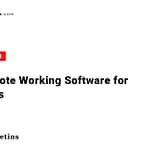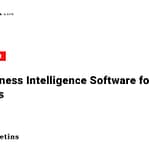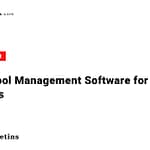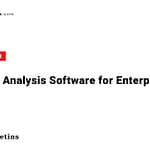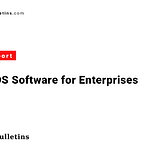Insider threats are a rapidly growing security challenge for organizations worldwide in 2025. These threats originate from individuals inside the organization who have authorized access, such as employees, contractors, or business partners. Insider threats can be intentional, accidental, or negligent acts that harm an organization’s data, systems, or operations. The increasing complexity of IT environments, remote work, cloud adoption, and sophisticated attack methods, including AI exploitation, are amplifying these risks substantially.
Insider Threat Landscape in 2025
The frequency and cost of insider threat incidents have surged over recent years. In 2025, over half of organizations have reported experiencing insider threat incidents in the past year. According to the Ponemon Institute, the annual average cost of managing insider risks has hit $17.4 million per organization, with individual incidents costing upwards of $700,000, particularly when involving credential theft or malicious actions. These insider threats disrupt business operations, cause reputational damage, and lead to significant financial losses. Regions like North America report some of the highest costs linked to insider threats. The broad availability of IT access combined with user errors and malicious intent continues to drive this upward trend.
Types and Sources of Insider Threats
Insider threats are broadly categorized into three types:
- Malicious insiders: Those intending to cause harm, such as disgruntled employees or individuals coerced or bribed to steal or sabotage data.
- Negligent insiders: Employees or contractors who unintentionally cause harm through errors, such as mishandling sensitive data, falling for phishing scams, or misconfiguring systems.
- Compromised insiders: Authorized users whose accounts or credentials are stolen or misused by external attackers to gain insider-level access.
This diversity of threat actors and behaviors makes detection complex because not all insider threats stem from ill intent — accidental mistakes can be equally damaging.
How to Spot Insider Threats Early
Spotting insider threats before damage is severe requires a multi-layered approach, combining technology, processes, and human oversight:
- Behavioral monitoring: Look for unusual user actions, such as access to atypical systems, large data downloads, or accessing resources during odd hours.
- Credential misuse detection: Track anomalies around login patterns, multiple failed login attempts, or use of compromised credentials.
- Phishing and social engineering awareness: Train employees to recognize and report phishing attempts since these often initiate insider breaches.
- Collaborative HR and security efforts: Coordinate closely with HR to detect signs of disgruntlement or unusual employee behavior that might correlate with insider risk.
- Alert fatigue reduction: Implement intelligent analytics to reduce false positives, enabling timely and actionable threat response from security teams.
How to Stop Insider Threats Effectively
Preventing insider threats involves proactive investments and resilient policies:
- Insider risk management programs: Develop formal programs based on NIST and CISA frameworks that outline continuous monitoring, incident response, and employee awareness.
- Access controls and least privilege: Restrict user access strictly to what is necessary for their role, minimizing attack surface from compromised accounts or malicious insiders.
- AI-enhanced detection and response: Leverage advanced AI tools to predict and detect insider threats earlier in the attack lifecycle, going beyond reactive measures.
- Regular auditing and risk assessments: Perform frequent reviews of user permissions, data access logs, and security policies to uncover vulnerabilities.
- Strong endpoint security: Ensure devices, whether on-prem or remote, are secured with updated patches, anti-malware, and encryption to limit exploitability.
Conclusion
Insider threats represent one of the most costly and complex cybersecurity challenges facing organizations in 2025. With insider incidents becoming more frequent and damaging, organizations must adopt comprehensive, data-driven insider threat programs that combine technology, processes, and people. Proactive detection, strict access management, and coordinated security and HR efforts are vital to spotting and stopping insider threats before irreversible damage occurs.
By understanding the evolving insider threat landscape and deploying modern defense strategies, organizations can protect their data, operations, and reputation from the growing peril within their own ranks.
This analysis is based on latest 2025 reports from the Ponemon Institute, Cybersecurity Insiders, SpyCloud, and authoritative sources including NIST and CISA guidelines.



